For the first time since rumours started to swirl last month that Daimler might be considering withdrawing its support of the Mercedes Formula 1 team, team boss Toto Wolff publicly responded to the suggestions. And he pulled no punches in torpedoing the suggestion during Monday’s press conference announcing chemical company INEOS as a new ‘principal partner’.
Daimler chairman Ola Kallenius had already scotched these suggestions in January, and when Wolff was asked by The Race whether there was any question of the company’s support for his team wavering his response was more impassioned than the usual sterile denial.
“There’s two important parts of this,” said Wolff. “Formula 1 has always been the great provider of headlines over the winter break and by the sheer lack of racing result and the controversy on track, dropping a bombshell of a headline always sells.
“In that respect, I’m always surprised that there’s just some lunatic out there that writes something on an internet page and it’s been picked up. It was a complete nonsense story, which was put straight by the CEO of Daimler the following day. That is one part of the story.”
Before we move onto the second part of Wolff’s response, some caveats. Manufacturer support for teams can vanish in the blink of an eye and such projects are under regular review. Had you asked Ross Brawn about Honda’s commitment 24 hours before he was summoned to a meeting to be informed of its withdrawal from F1 in December 2008, he would have denied any doubts just as robustly because he did now know what was coming.
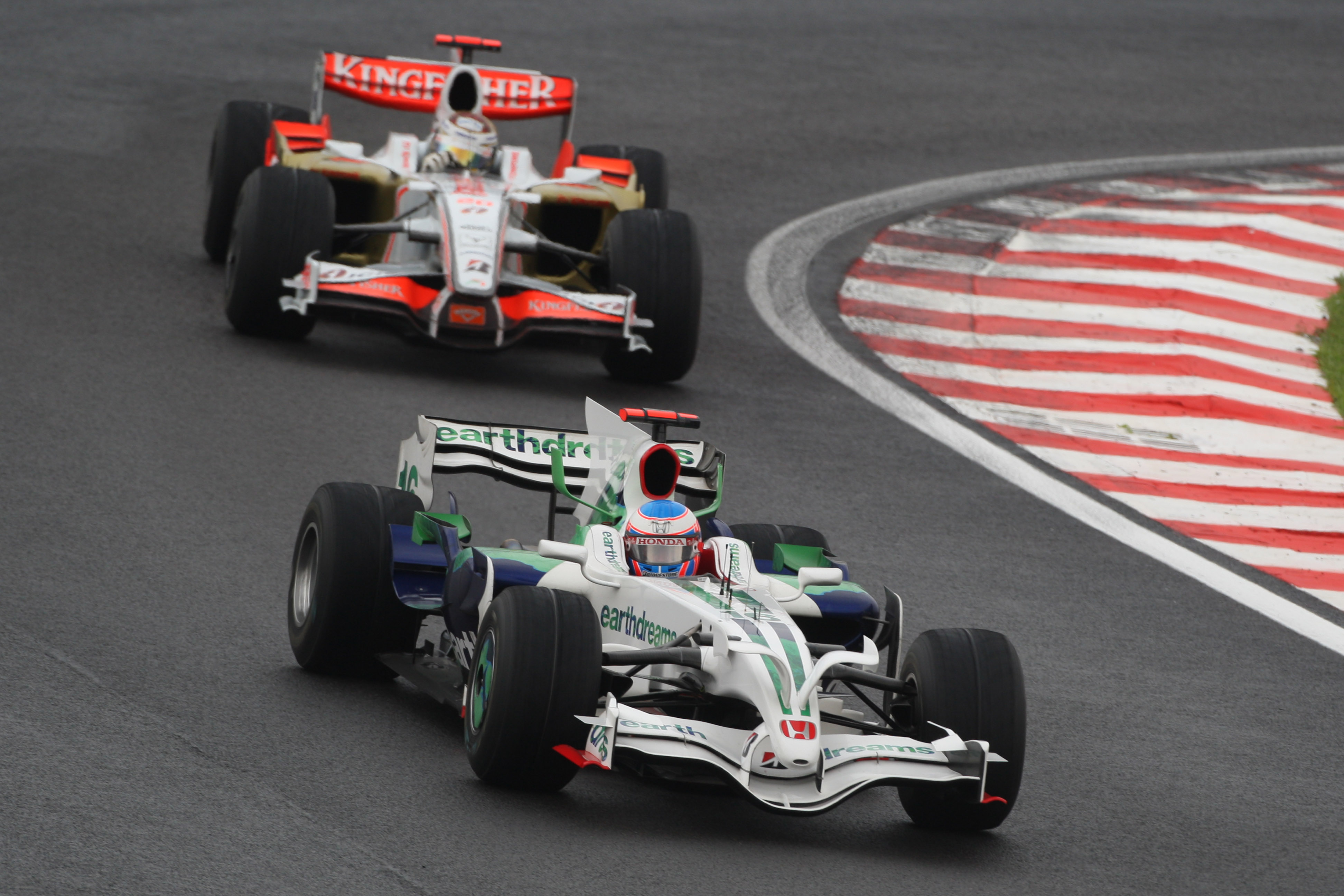
But Wolff’s adamant response combined with Kallenius – who is a keen supporter of F1 – being so emphatic in his denials about the story is a position to be taken seriously. It doesn’t feel like the right time for Mercedes to go.
Even so, Mercedes has not yet signed on the dotted line for the 2021 F1 season – no team has – so if it were to walk away this would be a logical time. Wolff made it clear that negotiations are ongoing on that score and there are still details to be finalised, so nothing can be taken for granted in that regard and Mercedes would be wise to use its might and the fear of any withdrawal to ensure it’s in a strong position in these negotiations.
It’s so rare for manufacturers to withdraw from F1 when at the top
But all the signs are of Mercedes continuing. There’s long-planned investment being worked on at the factory – albeit signed off some time ago – and the five-year INEOS deal was described by Wolff as a “cornerstone” of the team’s future. Certainly, INEOS boss Jim Ratcliffe was happy to joke about the suggestions Mercedes or out-of-contract Lewis Hamilton might not be around for the long-term – suggesting there’s plenty of confidence there.
F1 is also paying off for Daimler, even at a time when the company has resolved to cut more than $1billion by the end of 2022. Mercedes has suggested F1 has made an important contribution in the value of its brand climbing from $31.9bn to $48.6bn from 2013-18.
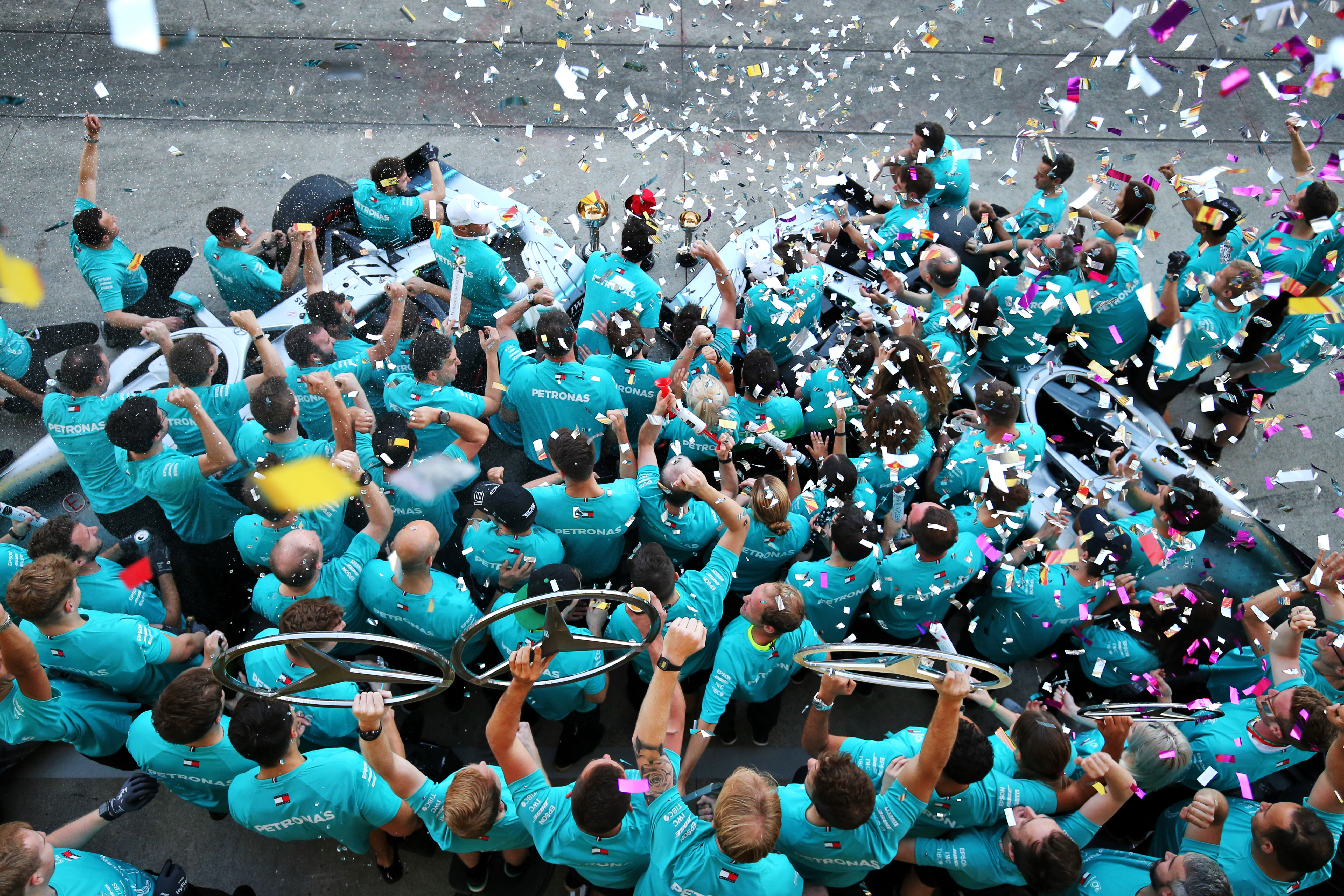
Mercedes also claimed that during 2018 it earned 24% of F1’s television coverage, worth around $3.7bn for it and its commercial partners. The return on investment is very real and outstanding value for a company that has increasingly positioned itself as an aspirational performance brand in recent times.
That said, that will decline when, one day, Mercedes is no longer the dominant force. That’s why it’s so rare for manufacturers to withdraw from F1 when at the top, one of the rare exceptions being Renault pulling the plug on its F1 engine programme at the end of 1997 after dominating.
So with all that in mind, it’s back to Wolff’s second point.
“The other part is that, with everything we do, we have to question ‘is it the right activity that we deploy?’,” says Wolff. “Whether it’s in the petrochemical business, whether it’s as an OEM in the car industry, or whether it’s Formula 1, we, as Daimler, see the advantages and the benefits that Formula 1 as a marketing platform provides to us and we see it in the data. That is the underlying condition why we’re doing it.
“Participating in Formula 1 is one of the greatest return on investments within the whole Daimler group. There are numbers thrown out in the public which are simply untrue. This is an exercise that costs a little in comparison to the billions of marketing value that are being generated. And I strongly believe we have developed from a brand that was more for the elderly.
“We see in our statistics that the average customer [age] in Mercedes has come down by a lot, much younger audiences. It provides a large chunk of the profits of Daimler. Emotion is important, every brand out there, marketing activity that the brand deploys out there is to create emotion. And this is what we do.
“We provide emotion and sometimes emotion comes with polarising and with controversy. And I think that’s good. So to create this kind of headline over the winter, so be it. I didn’t like that one because we have 2000 people that worry about jobs.”
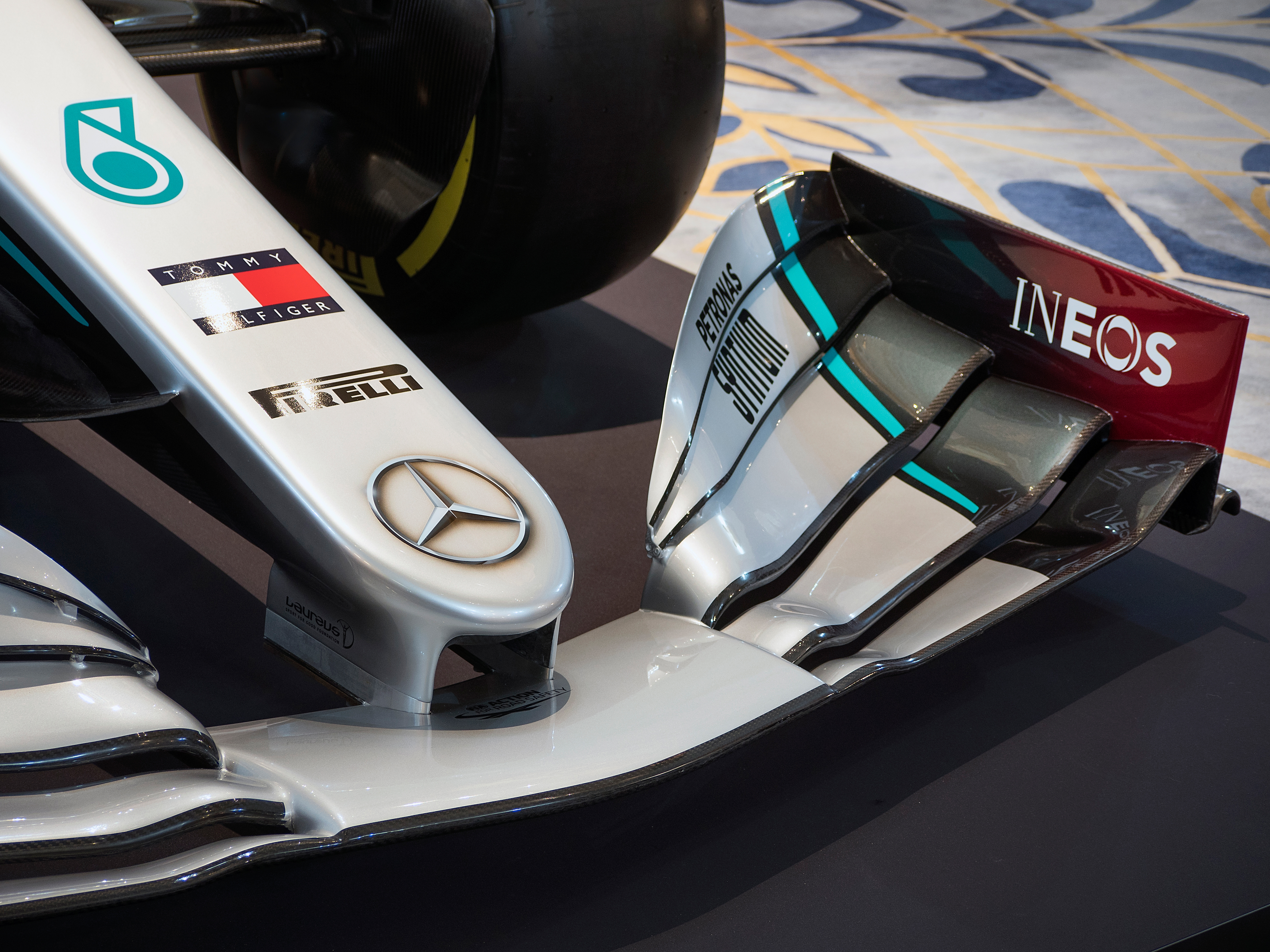
But just because the overall parent company’s contribution to the Mercedes team is limited – Mercedes itself put its net 2018 contribution at just north of £40million – doesn’t mean there might not be reasons to walk away. Perception is important, and the F1 team might be seen to be a frivolous undertaking given the scale of cuts elsewhere and the fact the company is making big savings by cutting staff.
There’s also the question of the automotive industry’s push to ever-more green technology. Mercedes itself has launched ‘Ambition2039’, with the aim of making all of its road cars carbon neutral by 2039. This fits in with a wider movement with initiatives such as the UK government aiming to stop the sale of all petrol and diesel cars – including hybrids.
F1 does have a next-generation engine under discussion slated for, at the earliest, 2025 while in the interim the biomass content is being increased. But it’s legitimate to ask if these aims are compatible.
If teams are self-sustaining and cost neutral, then the stage is set for F1 to thrive. And that will be one of the main Mercedes messages in negotiations amid calls for the share of revenues in F1 to be more equitable
The question of what F1 should do next in terms of engines was also put to Wolff, who stressed the effectiveness of the current power units. Earlier on, he had pointed out that the story built around the switch to hybrids in 2014 was undermined by them being talked down – a message that echoed what Kallenius’s previous comments. As Wolff put it, F1 is “the halo platform for hybrid engineering”, meaning technically it is ideal for a committed hybrid manufacturer like Mercedes-Benz.
This foreshadows the discussions F1 must have about its future propulsion, something that is guaranteed to interest a company such as Mercedes. Given the positive impact F1 has had on the perception of the brand since it started its engine programme with a toe-in-the-water Ilmor-badged engine in the back of a Sauber in 1993, the right future engine technology would surely appeal to a forward-thinking company like Daimler.
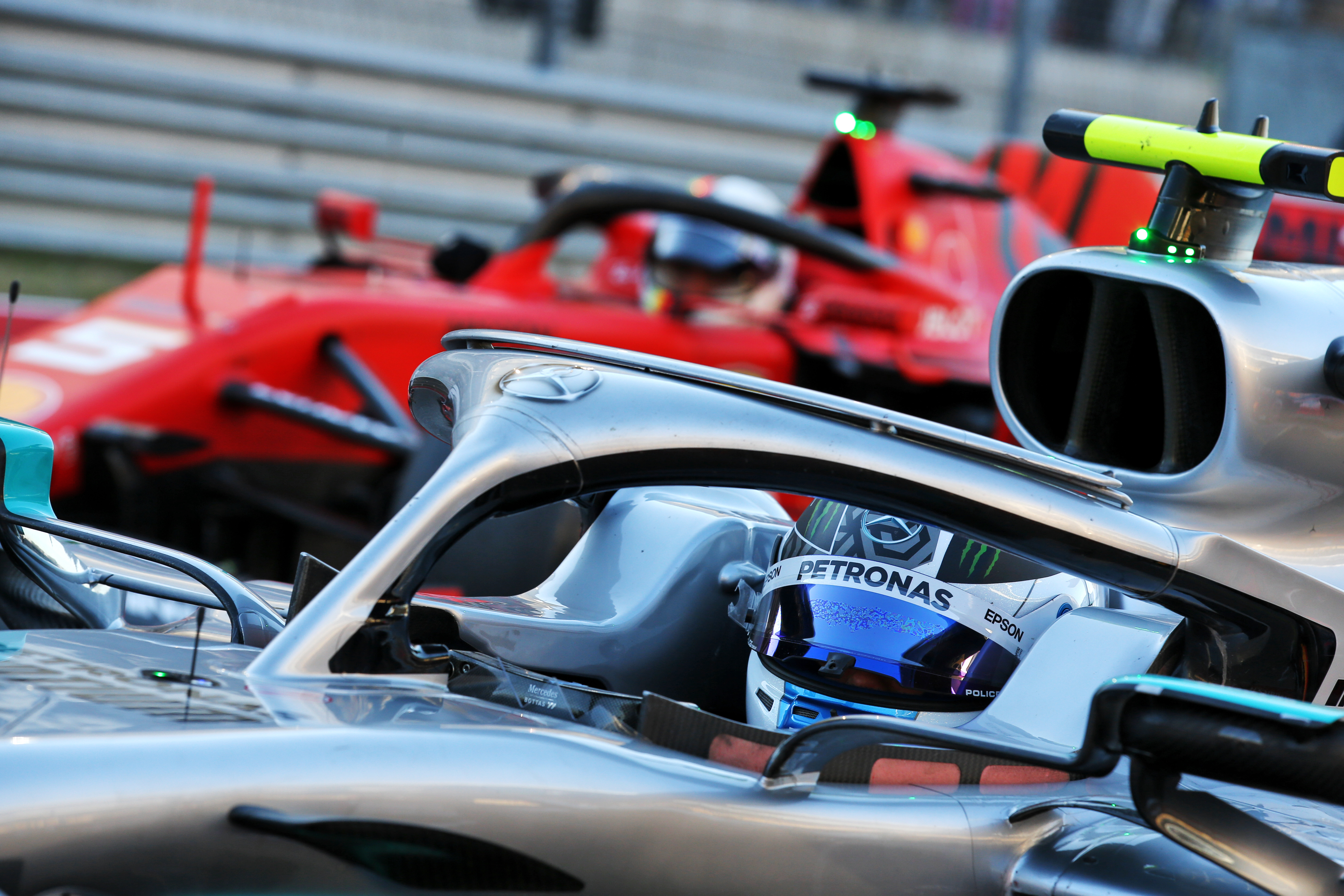
“Formula 1 hybrid power units are the most efficient power units in the world. We have more than 50% thermal efficiency,” said Wolff. “There is no other engine like this and our road car division is learning from that. So now by adding the bio components of the fuels – and gradually we will be stepping that up and it’s a joint exercise between the FIA, between the few various fuel suppliers, and all of us teams – I think we are pushing ourselves hard like we need to.
“[FIA president] Jean Todt is at the forefront of lowering our CO2 footprint about lowering emissions. And we are on board to the challenge to make this power unit even more efficient. When you look at the forecast Daimler is giving for 2030 there will be quite a lot of hybrid vehicles in the mix.
“And if you ask me for my personal standpoint, I’ve driven all these vehicles and hybrid is a good solution. It allows you to go electric in urban areas, which is obvious from your home to the office and plug it in. Or you have some inductive charging on the road. And if you go to the airport, you avoid running out of electricity because you have a small hybrid naturally aspirated engine. And I think this is the future.”
Staring into the crystal ball in a hope to foresee what F1, what is now the Mercedes team and the global landscape looks like 15+ years away is not an easy task. But for now what Wolff made clear is his desire to make the team self-sustaining to ensure there’s no reason in the future for Daimler to lose faith. That would ideally mean it should be neutral in terms of spending.
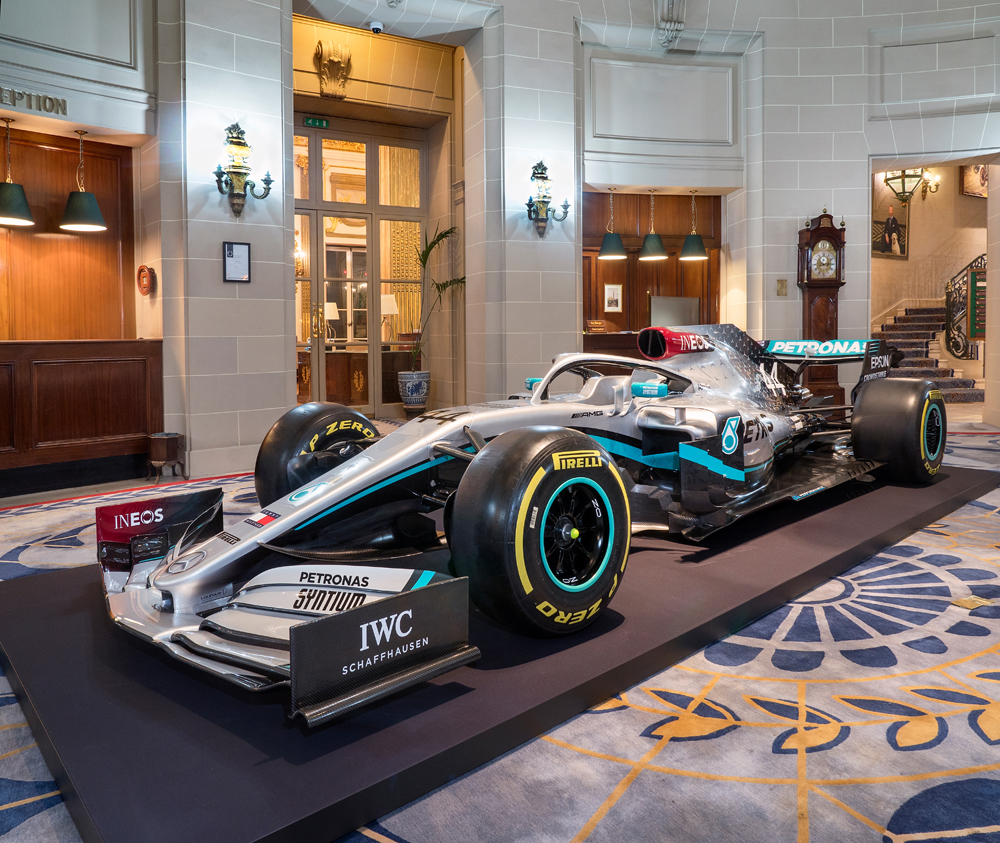
This will be helped by the introduction of the $175m annual cost cap from 2021. While this excludes various costs, including that of paying drivers, meaning the real spend will be well in excess of that, it does put a hard limit on areas of spending. Financial sustainability is, therefore, possible even if results don’t continue at the same stratospheric level.
“This is exactly what we have as our target,” said Wolff. “We want to make it a no-brainer from the sheer numbers. The return of investment on the marketing will be the icing on the cake, but the Formula 1 activity will be something that will be a profitable exercise like it should be.
“We see that in the American sports leagues that most of them the NFL or the NBA are profitable franchises and this is my personal aim and contribution with our partners to turn this into such a company so that from a Mercedes standpoint it becomes a no-brainer to participate.”
This is the wider message for F1. If teams are self-sustaining and cost neutral, then the stage is set for it to thrive. And that will be one of the main Mercedes messages in negotiations amid calls for the share of revenues in F1 to be more equitable.
As for how Daimler sees it, it’s impossible to be sure from afar exactly how the board-level politics in a company of that size will play out. It’s always possible that the red line could be drawn through the F1 programme for a multitude of reasons.
But right now, it seems there are more positives than negatives to its involvement – even if it has yet to sign up for F1 from 2021 onwards.

